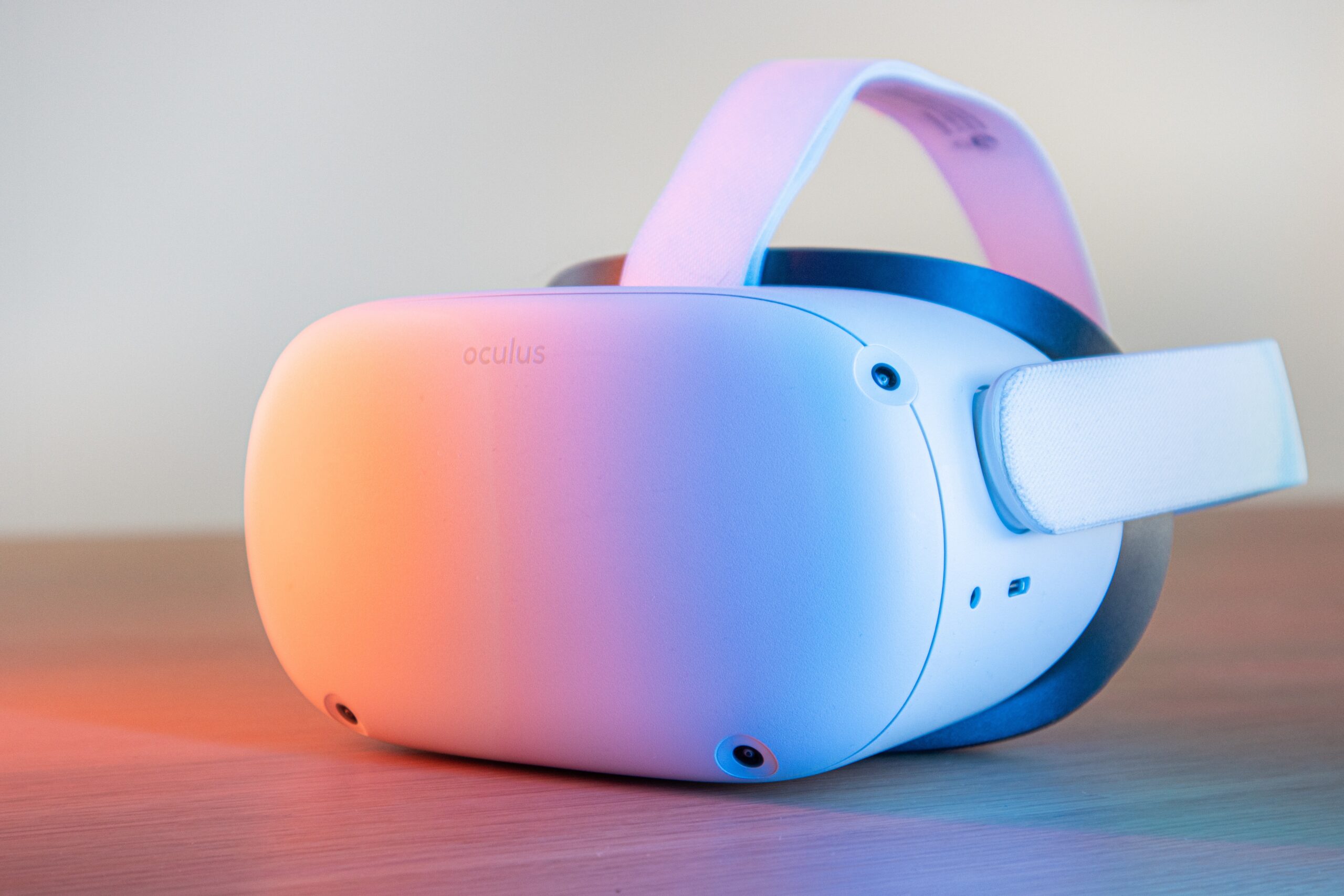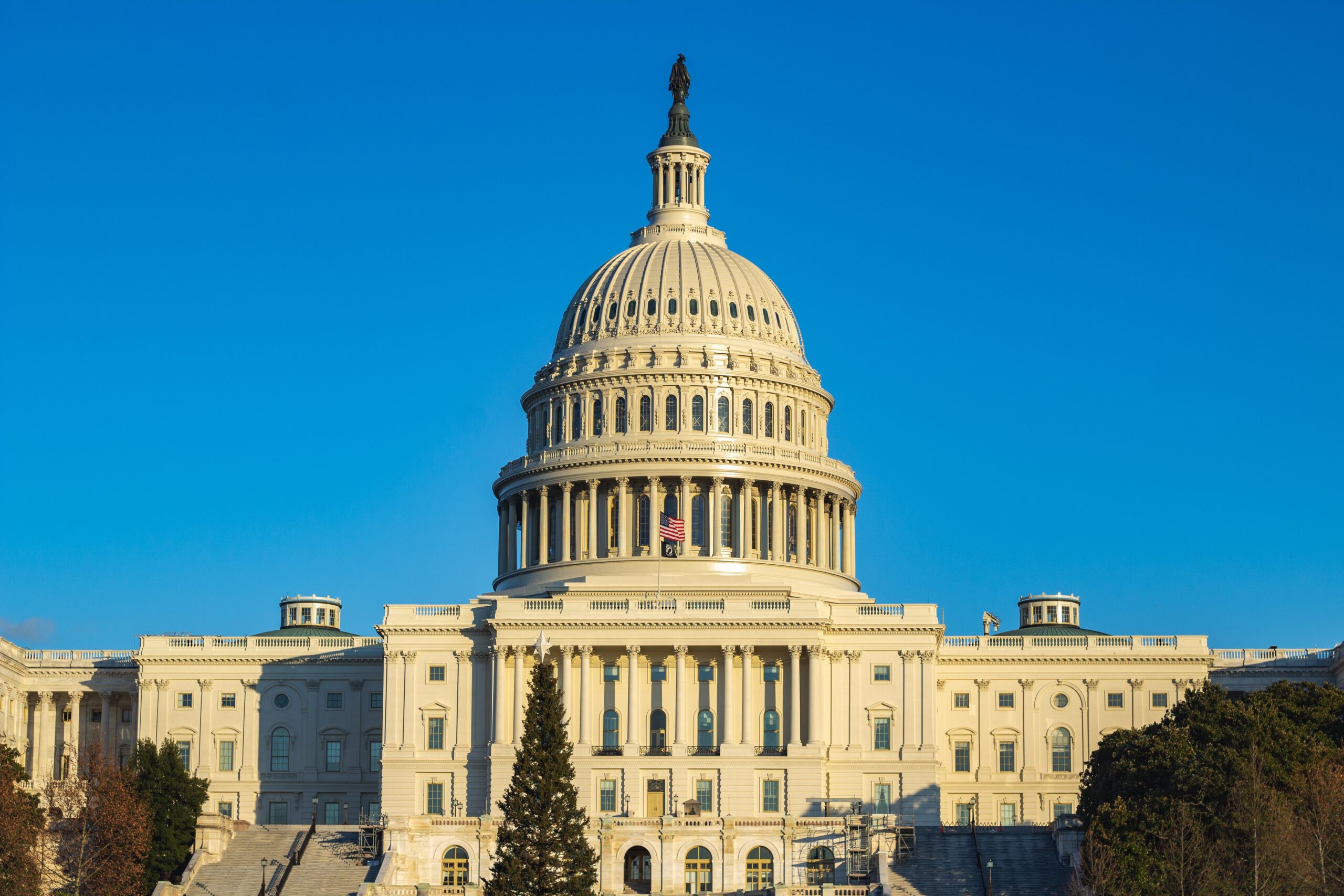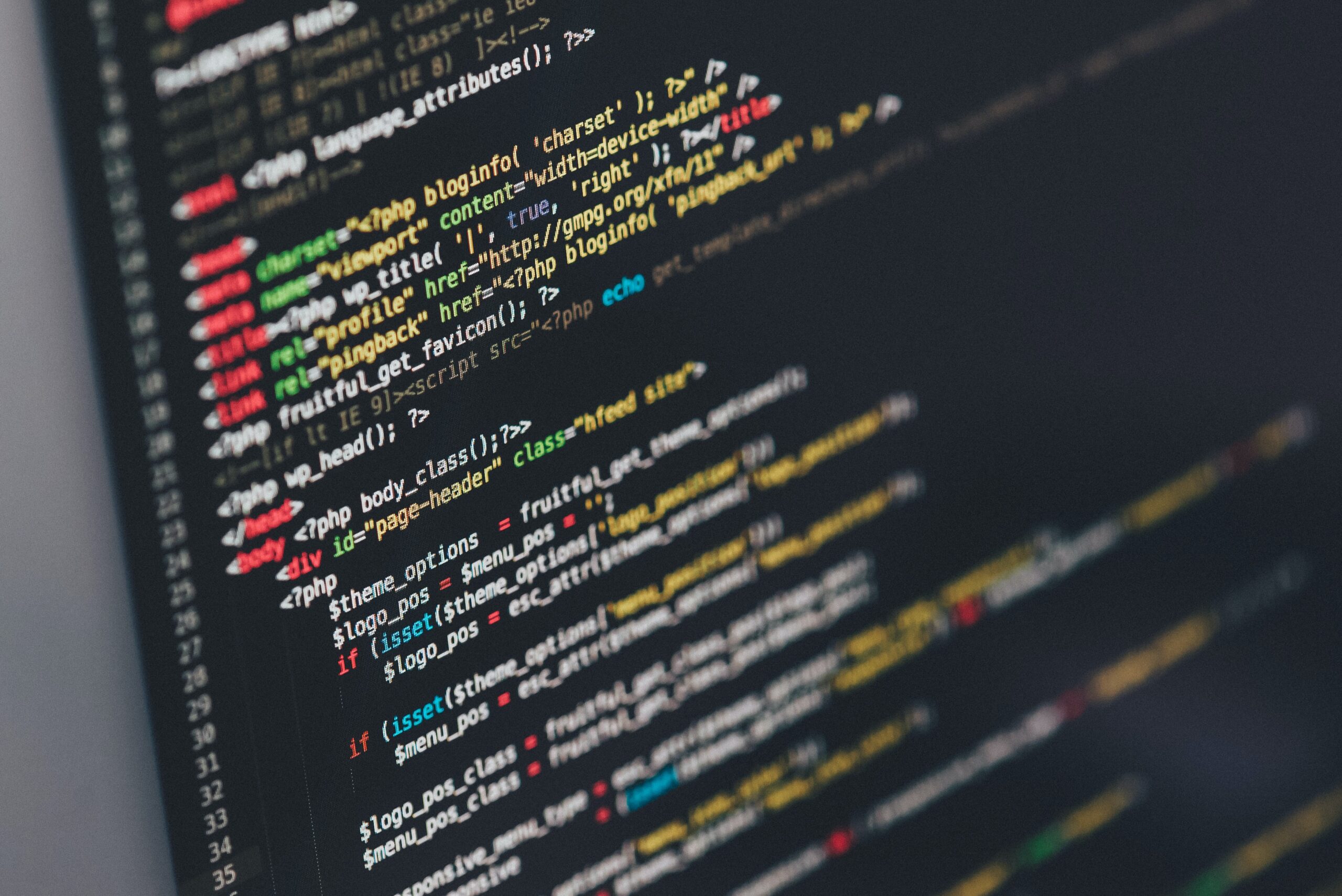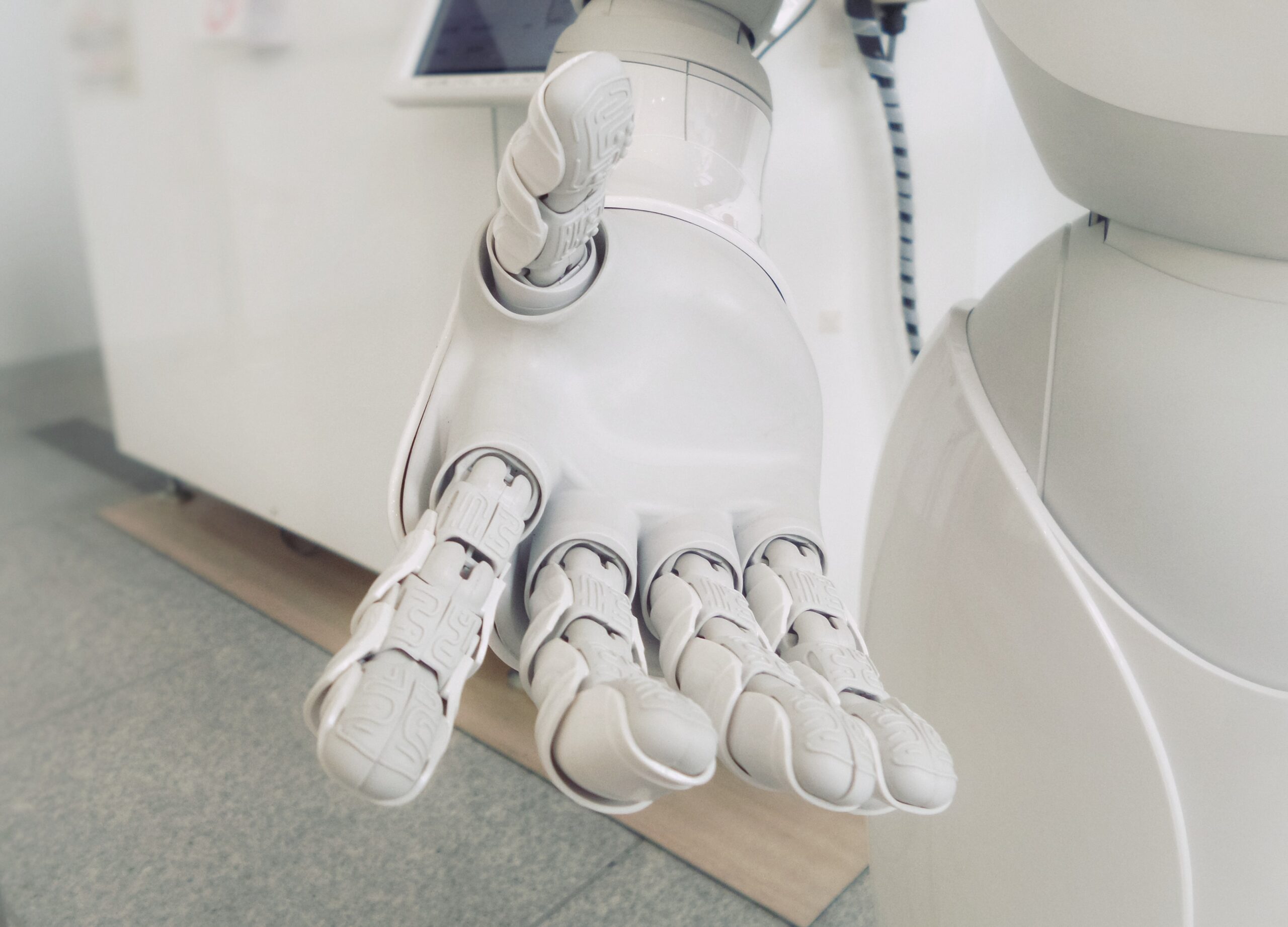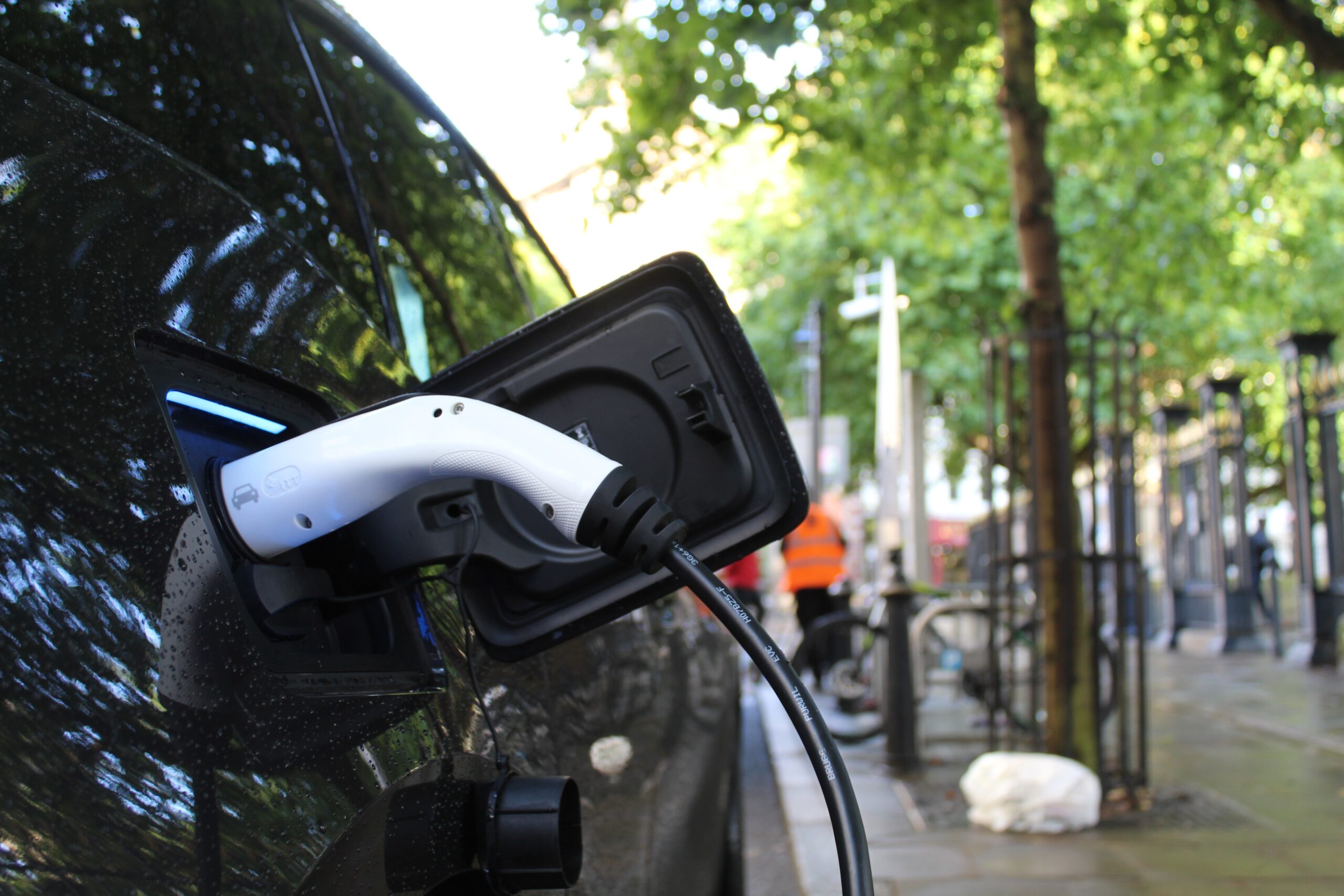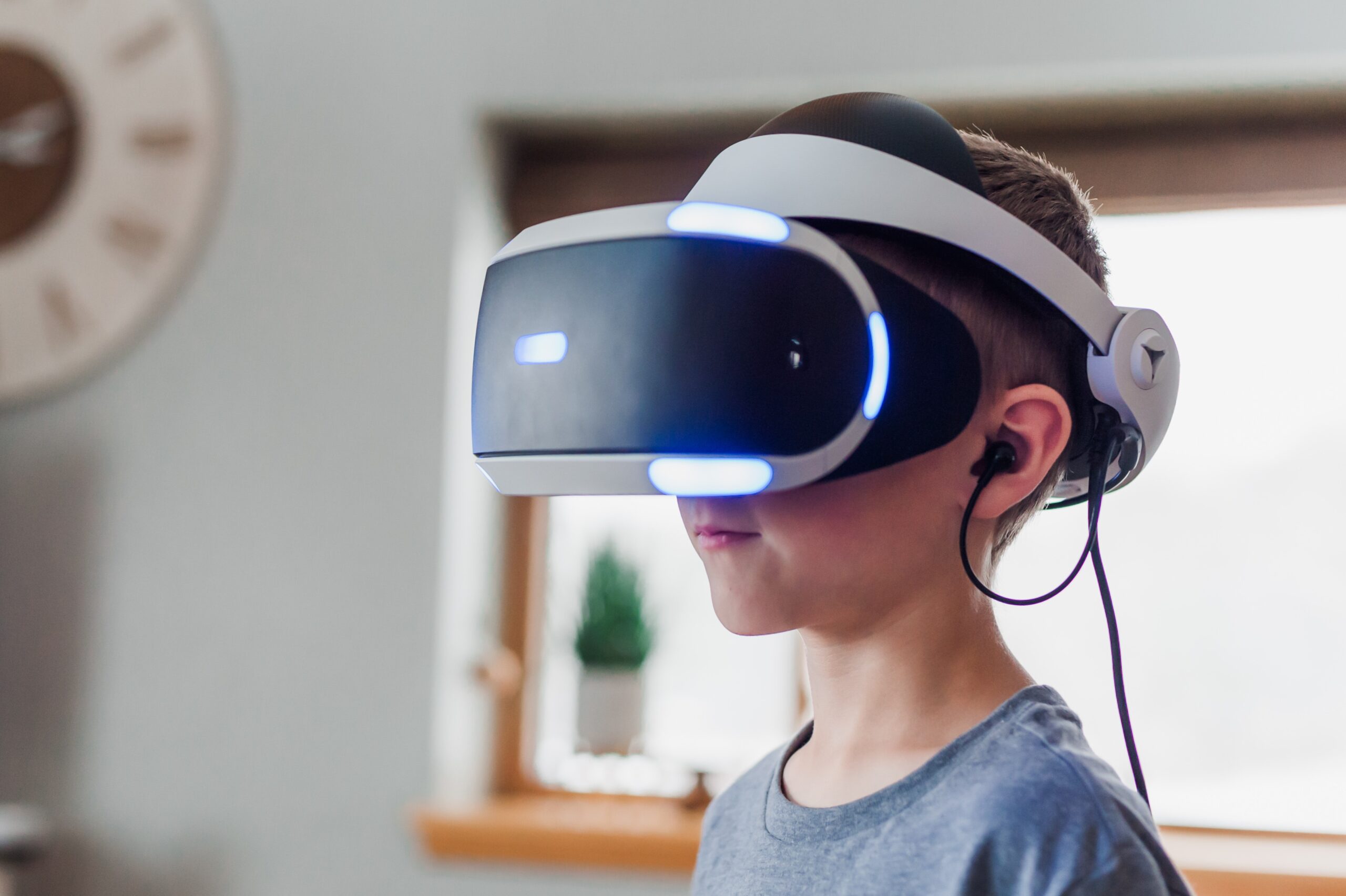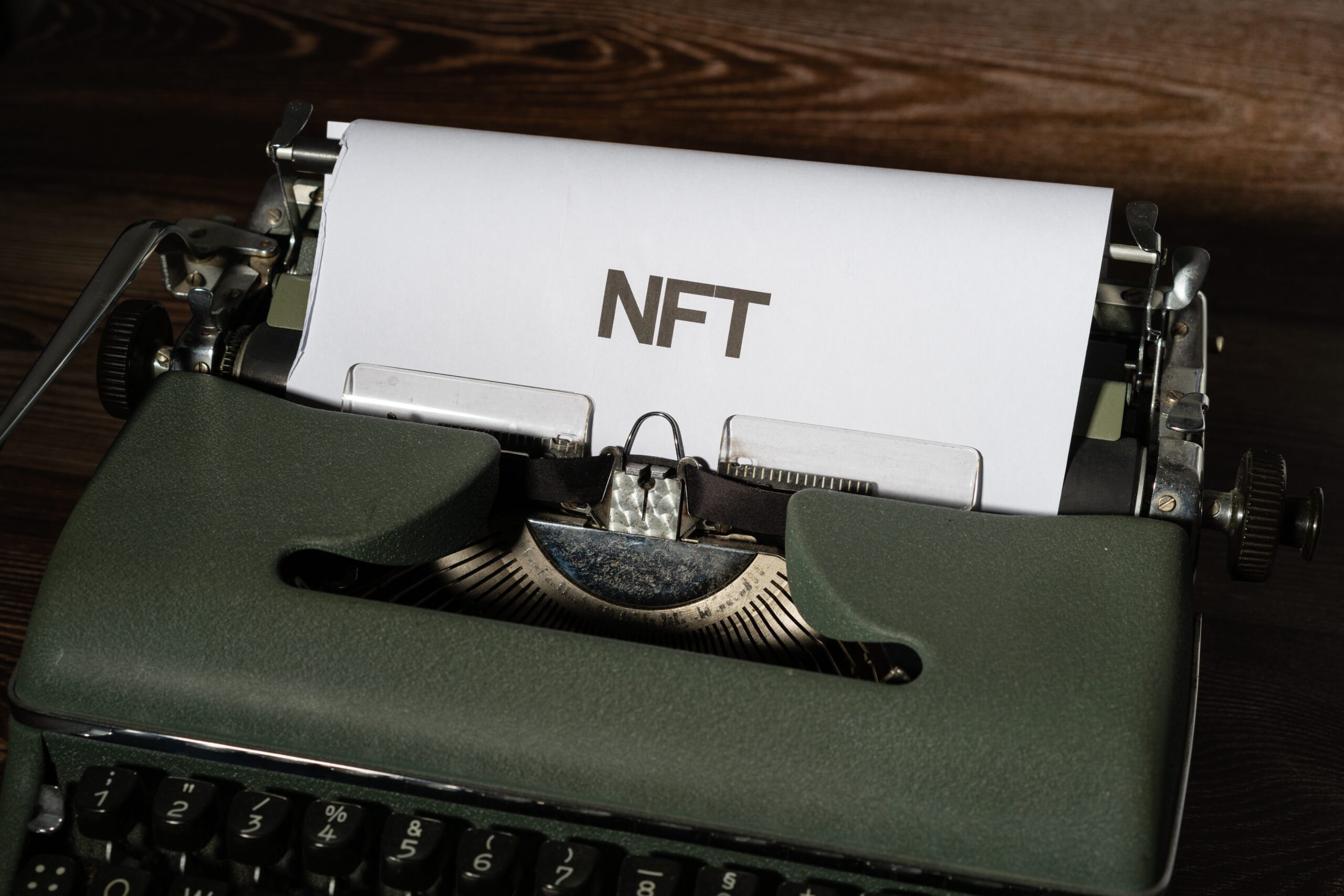We have previously discussed both the Metaverse and Web3. Enterprises are reimagining the internet, and we as individuals should prepare for the future that is quickly coming to us all.
Over almost 20 years, companies have developed a wide range of digital capabilities. However, all these solutions were designed for the internet we have at present, generally called Web 2.0, or a digital landscape where the drivers of value are separate entities. The result is more activity offline than online.
The next internet generation will not be restricted by offline thinking or limitations but focus upon connection. Web 3.0 and the metaverse are changing the foundation of our virtual world.
Rather than seeing the internet as a collection of separate websites and applications, only connected by a browser on a desktop or laptop computer, tablet, or phone, the new metaverse is a persistent 3D environment for work and home.
Building the Future’s Metaverse
The future’s internet, or metaverse, will only be created through hard work. This involves building new platforms, creating novel products and services, developing strong partnerships, and actioning the required technology.
The identification of these new business models and use cases is going to require intense effort and much risk-taking. However, there are tremendous opportunities. Many of risk takers who led the shift from Web 1.0 to 2.0 are trying to lead the way to Web 3.0.
The tech titans had narrow business lines. Amazon only sold books, Netflix mailed out DVDs, and Google felt like just a browser. They evolved. What’s more, the metaverse is open to disruption from all entrants, new or old.
The metaverse will likely be a combination of an immersive digital-only world and augmented reality. Internet “browsing” in this context would blend the digital with the physical.
Creating a Digital Domain
Web 3.0 is a reinvention of how data moves, and the metaverse is a new way to experience and interact with that data.
The changes that Web 3.0 is making will result in data with value, authenticity, and provenance. The main goal of all Web 3.0 projects is to create a blanket of trust covering the web, giving data owners assurance that their data is theirs.
The metaverse focuses on solutions that offer life-like experiences. Major companies are reimagining operations to develop use cases for these new technologies.
German Automaker BMW has taken Nvidia’s metaverse development platform Omniverse to construct digital copies of 31 of their actual factories. These models are 3D recreations that include everything from people at their workstations to machinery with which they interact.
They are utilized as virtual test centers allowing engineers to train real-life robots to navigate in the environment. They also allow designers from around the globe to experiment with line layouts.
The real value of Web 3.0 and the metaverse will depend on their final iterations and mutual interactions. A simple and intuitive experience is required to gain widespread adoption–if we are going to reimagine how Web 3.0 data is moved through the internet.
Bringing the Physical to the Digital World
Simultaneously, there are other companies and projects that are moving the physical world closer to the digital world, creating a “programmable real world.” Their goal is based on fundamental software elements, such as customization, control, and automation, and applying them to the non-digital environment around us.
For the past decade, digital technologies have flourished across the physical world, and with the Covid-19 pandemic, this has only accelerated. Cameras are now everywhere, through smartphones, cameras, vacuums, and cars.
The advances in natural language processing, computer vision, and data analysis are building the capabilities of these technologies, making them a persistent layer of our environment. As the rollout of a global 5G network continues, there will be an even wider network of low latency connected devices that are helping (monitoring) us.
Business leaders must bring the real and digital worlds closer together, such as through augmented reality glasses, smart (interactive) materials, and nanotech-based devices.
Making the Real World Programmable
To build a new generation of products and services that are incorporated into the digital world, we will need to work with three elements:
· The connected
· The experiential
· The material
With new technologies in manufacturing, such as 3D printing and self-assembling machines, we are changing how and where physical goods are created.
In the past, internet of things (IoT) devices have had limited abilities, constrained by limited computing power. Emerging tech, including 5G, is redefining those limitations through increased processing power and simultaneous, multiple connections.
Experiential refers to utilizing IoT devices to provide a holistic, immersive experience by creating digital representations of real-world counterparts. These representations provide organizations with real-time insights into environments and operations. The digital twin market, which was valued at $3.21 billion in 2020, is expected to grow to $184.5 billion by 2030.
The second piece to the experiential component is augmented reality. Even at this early stage, the value of combining AR glasses with digital twins is evident: they can overlay any environment with a digital experience.
Material refers to the on-demand and customizable products that are now possible with 3D printing technology. This leads to the possibility of using programmable matter, able to change their physical properties on demand.
Moving Toward the Programmable World
A leader moving toward the programmable world must embrace its three components: connected, experiential, and material. Different businesses will prioritize one element over others but should have competence in all three.
As 5G grows, the programmable world will benefit from industry-wide alliances shaping new technology standards and enabling devices to increase their connectivity and response times.
The experiential component will begin with the continued expansion of digital twins, already providing beneficial use cases and competitive edges. In time, they can be harnessed to design products and experiences providing novel business models. Interactive avatars, terminals, and screens represent only a beginning.
The material component will pair technologies such as IoT or 3D printing with ambitious startups and their ideas.
Closing Thoughts
The digital and physical worlds are coming together. When this marriage will be complete depends on the progress of the metaverse and Web 3.0. Together, they will reinvent how data is created and transferred across the new digital experience.
Having the ability to customize a digital experience through interactive, physical manipulation, now referred to as “browsing,” could create massive new revenue streams for leading tech titans and disruptors alike. The opportunities are vast, but they require vision grounded by solid use cases.
Disclaimer: The information provided in this article is solely the author’s opinion and not investment advice – it is provided for educational purposes only. By using this, you agree that the information does not constitute any investment or financial instructions. Do conduct your own research and reach out to financial advisors before making any investment decisions.
The author of this text, Jean Chalopin, is a global business leader with a background encompassing banking, biotech, and entertainment. Mr. Chalopin is Chairman of Deltec International Group, www.deltecbank.com.
The co-author of this text, Robin Trehan, has a bachelor’s degree in economics, a master’s in international business and finance, and an MBA in electronic business. Mr. Trehan is a Senior VP at Deltec International Group, www.deltecbank.com.
The views, thoughts, and opinions expressed in this text are solely the views of the authors, and do not necessarily reflect those of Deltec International Group, its subsidiaries, and/or its employees.

